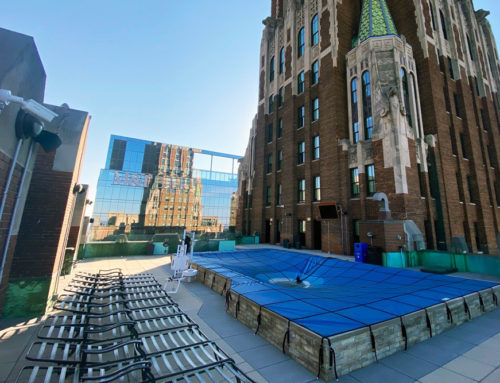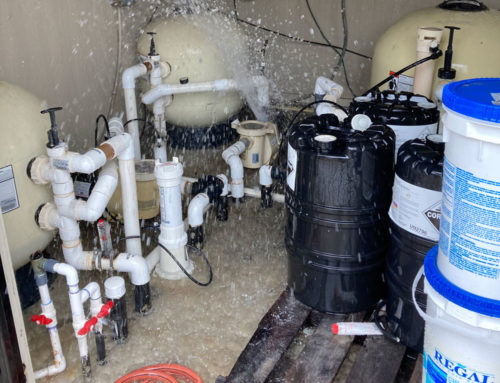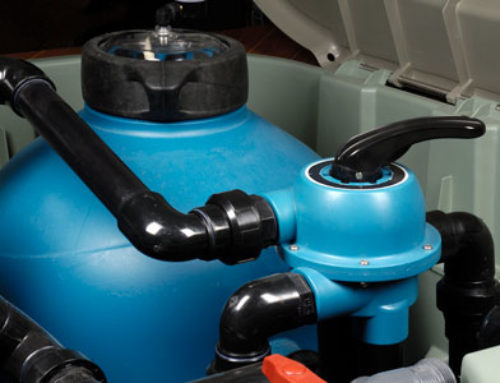With fall’s arrival, many overseers of commercial pools have sealed the swimming hole. However, what they may not be aware of is their pool cover’s ineffectiveness due to prolonged use. There are many threats to a poorly covered pool, including chemicals and the need for expensive and timely maintenance. Here are some tips to help make sure a pool cover is doing its job, or if it needs to be replaced.
Beware of wear and tear
The fabric cover breaks down over time due to a number of reasons. The constant temperature variations lead to cracks and peelings. Pool chemicals and ultraviolet light also have long-term adverse effects on covers. Peeling and weak spots on the cover are common, and may be responsible for water and other unwanted things, such as contaminates and debris, seeping through the surface.
Feel the fabric
New pool cover fabric is often malleable and supple. If you touch the fabric and feel it to be stiff and brittle, it may be time to replace it. Stiff pool fabric is more susceptible to the wear and tear mentioned above.
Look at the sewn webbing
Very often, pool covers contain sewn threads that often become frayed or cut, or they eventually disintegrate over time. This leads to holes and cover failure, and if you observe loose or cut threads, a new cover is due soon before the coverage is hindered any further. Additionally, if the webbing is bunched up around the strap, which sewn webbing has a tendency to do over time, this may cause the fabric to catch and tear its guides. A cover with sewn webbing is only as strong as the stitching used to keep it together. If you pull on the webbing with little force and it separates from the cover, the cover is rotted and irreparable, thus a replacement is certainly in order.





